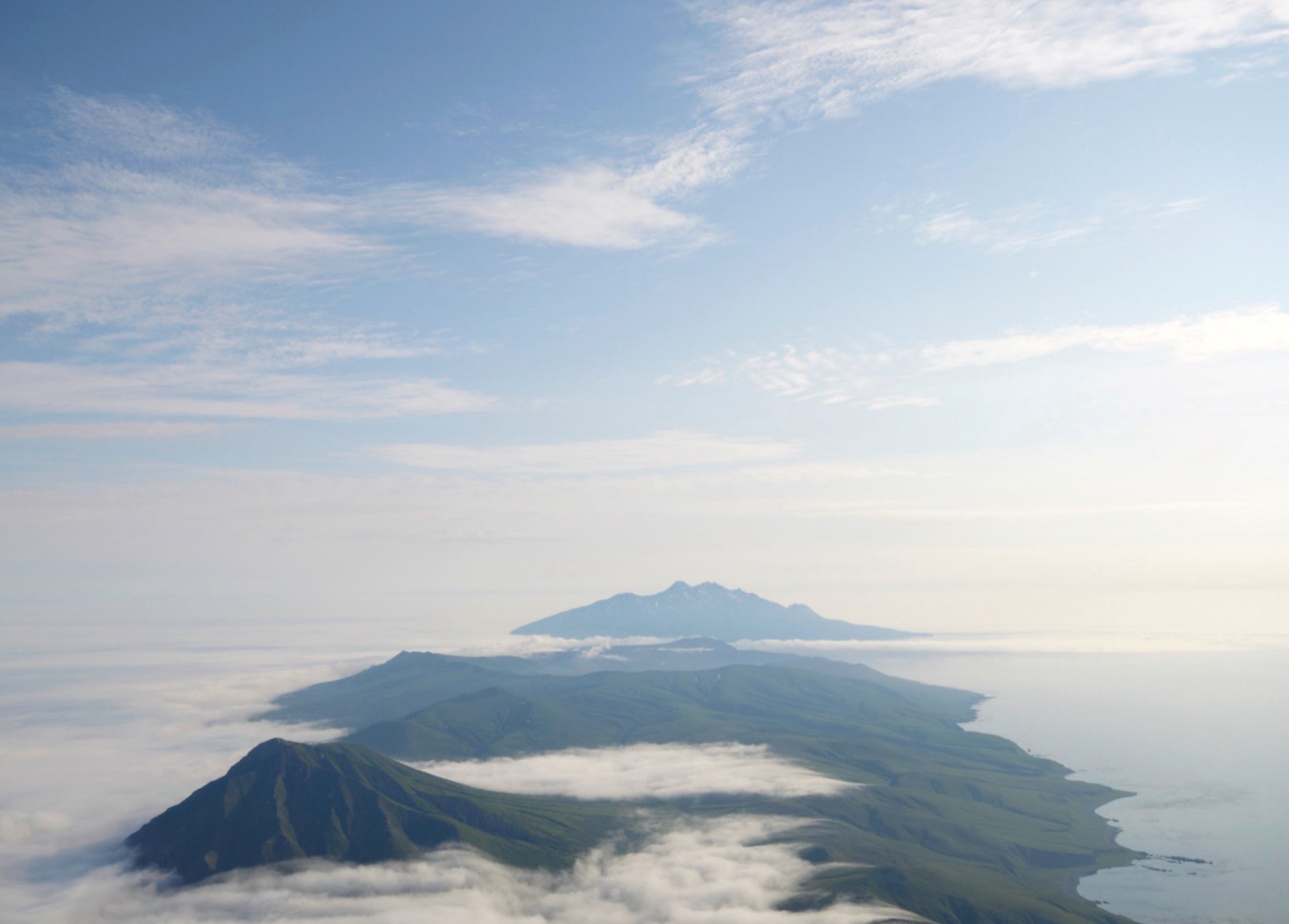Scientists finally reveal cause of 1831's global cooling event that caused crop failures and devastating famines
Share:
It's been nearly 200 years since a global cold snap led to widespread crop failures and devastating famines. Now, a new study by scientists at the University of St Andrews finally pinpoints the cause. The Zavaritskii volcano on the remote, uninhabited Russian island of Simushir, part of the Kuril Islands, erupted in 1831, the experts reveal.
![[Dr Hutchison and his team were able to date and match the ice core deposits to Zavaritskii volcano on the remote, uninhabited island of Simushir (pictured), part of the Kuril Islands]](https://i.dailymail.co.uk/1s/2024/12/30/20/93587211-14236299-Dr_Hutchison_and_his_team_were_able_to_date_and_match_the_ice_co-a-394_1735589336932.jpg)
The dramatic event injected volcanic ash into the atmosphere, blocking enough sunlight to induce a brief global cooling period. And the resulting change in weather included reduced rainfall from Africa and India to Japan, causing major famine due to poor crop yields.
![[Dr Hutchison and his team were able to accurately date and match the ice core deposits to Zavaritskii volcano on the remote, uninhabited island of Simushir, part of the Kuril Islands]](https://i.dailymail.co.uk/1s/2024/12/30/20/93587697-14236299-Dr_Hutchison_and_his_team_were_able_to_accurately_date_and_match-a-395_1735589336933.jpg)
'While scientists have long known that a really big eruption went off in 1831 the source has remained a mystery,' lead study author Dr Will Hutchison told MailOnline. 'Our chemical fingerprinting of the ash reveals the source of this mysterious climate-changing eruption was this remote volcanic island in the Kurils.'.
![[For the study, ice cores (pictured) were collected from various locations across the Greenland ice sheet. These cylinders of ice are a valuable record of climate conditions at the time of formation, including local temperature, the chemical composition of the atmosphere and, crucially, volcanic activity]](https://i.dailymail.co.uk/1s/2024/12/30/20/93590525-14236299-For_the_study_ice_cores_pictured_were_collected_from_various_loc-a-396_1735589336934.jpg)
Zavaritski has not erupted since 1957, but it is still considered an active volcano – meaning it has the potential to erupt again in the future. The mystery location of a giant volcanic eruption that has puzzled scientists for almost 200 years has finally been solved. Pictured, Zavaritskii Caldera, the newly-revealed location of the 1831 eruption.
![[The 1831 eruption was initially attributed to Babuyan Claro volcano in the Philippines (pictured), but a previous study 'found no firm evidence for an eruption at this time']](https://i.dailymail.co.uk/1s/2024/12/30/20/93589459-14236299-The_1831_eruption_was_initially_attributed_to_Babuyan_Claro_volc-a-397_1735589336998.jpg)
In the summer of 1831, a massive volcanic eruption spewed sulphurous gases into the atmosphere, reflecting sunlight and causing a global cooling of about 1.8°F (1°C). This cold weather, well-documented worldwide at the time, led to 'significant Northern Hemisphere climate cooling' causing crop failure and famine, the team say.






















